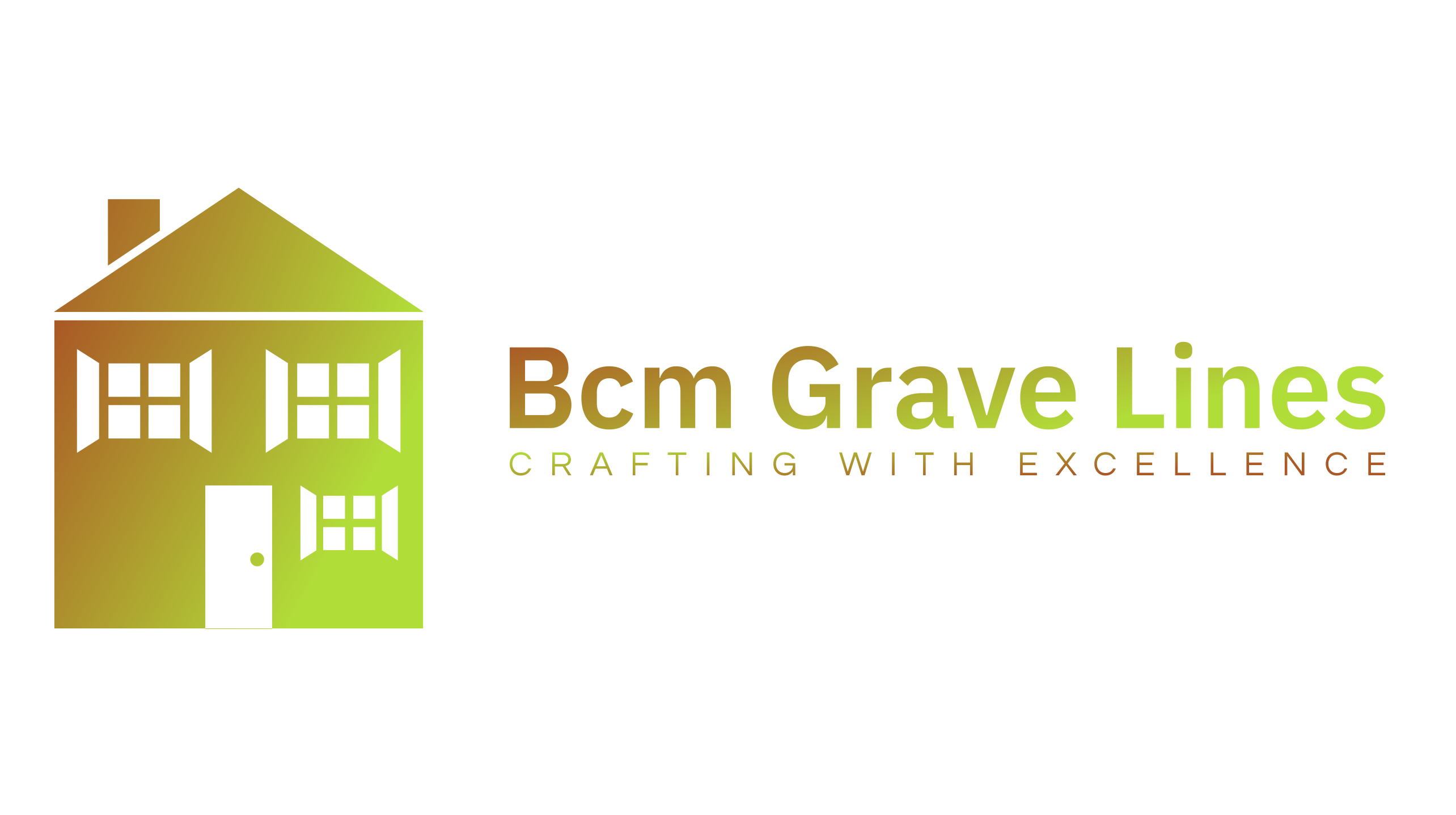Kitchen Design Principles
3 min read
The Recipe for a Perfect Kitchen: Key Design Principles Explained
The kitchen, often referred to as the heart of the home, is more than just a place for cooking and eating. It’s a hub of family activity, a command center, a social gathering spot, and for many, an informal dining room. Therefore, creating a functional and aesthetically pleasing modular kitchen design is essential.
This comprehensive guide will walk you through the fundamental principles of modular kitchen design, from the significance of the work triangle and the importance of proper lighting to the role of color schemes and storage solutions. Whether you’re embarking on a full kitchen renovation or simply looking to make minor changes to enhance functionality and style, these interior design principles will help you create a small kitchen design that is not only beautiful but also efficient and comfortable.
So, let’s dive in and start exploring the art and science of kitchen design!
· The Work Triangle
The work triangle concept focuses on creating an efficient workspace by placing the sink, refrigerator, and stove (the areas you use the most) in a triangular layout. This setup minimizes walking distance between these areas, making cooking and preparing food more convenient. It’s best to avoid having major traffic walkways inside the triangle to keep the space clear and functional. From a design perspective, this layout also allows for a more organized and streamlined look.
· Efficient Storage Solutions
Adequate storage is essential in a kitchen to avoid clutter and ensure every item has its place. This includes deep drawers for pots, overhead cabinets for dishes, and pantry space for food items. Customizable storage solutions like adjustable shelves and pull-out racks can make your kitchen more organized and user-friendly. Remember, efficient storage also contributes to a smooth cooking process as everything you need is within easy reach.
· Lighting
Proper lighting is crucial in a kitchen, not only for aesthetic reasons but also for safety when handling sharp knives and hot surfaces. A combination of task lighting for work areas, ambient lighting for overall illumination, and accent lighting to highlight certain features can create a well-lit and inviting modular kitchen design. Dimmer switches can also be used to control light intensity depending on the time of day or mood.
· Ventilation
Good ventilation is important to remove cooking smells and reduce heat and moisture, which could damage cabinets over time. Range hoods are effective at capturing and filtering cooking fumes, while windows can provide natural ventilation. Additionally, proper ventilation can help keep the kitchen comfortable and improve indoor air quality.
· Counter Space
Ample counter space is vital for meal preparation, serving, and cleanup. It’s recommended to have countertop space on both sides of the stove and sink. Materials like granite, quartz, and laminate are popular for their durability and ease of maintenance. Counter space can also be used to display decorative items or small appliances.
· Safety Considerations
Design elements like rounded countertop corners, slip-resistant flooring, and ovens placed at adult height can help prevent accidents. Also, ensure there’s enough space for the doors of appliances to open without hitting each other or any obstacles. Child-safety locks on cabinets and drawers are another useful feature for households with young children.
· Personal Style
Lastly, your kitchen should reflect your personal style and fit in with the rest of your home’s decor. Whether you prefer a modern, traditional, or rustic look, choose colors, materials, and design elements that make the space feel like your own while also being functional. After all, a kitchen that matches your personal taste will always be more enjoyable to use.
Designing a kitchen is a complex task that requires careful consideration of various factors. Various principles like the work triangle, efficient storage, lighting, ventilation, counter space, safety considerations, and personal style can serve as a comprehensive guide to creating a modular kitchen design that is both functional and aesthetically pleasing. By incorporating these interior design principles, you can transform your small kitchen design into a space that facilitates easy cooking, promotes safety, provides ample storage, and reflects your personal taste.
Remember, a well-designed kitchen is not only about the looks, but also about enhancing the overall cooking and dining experience for you and your family. Happy designing!





